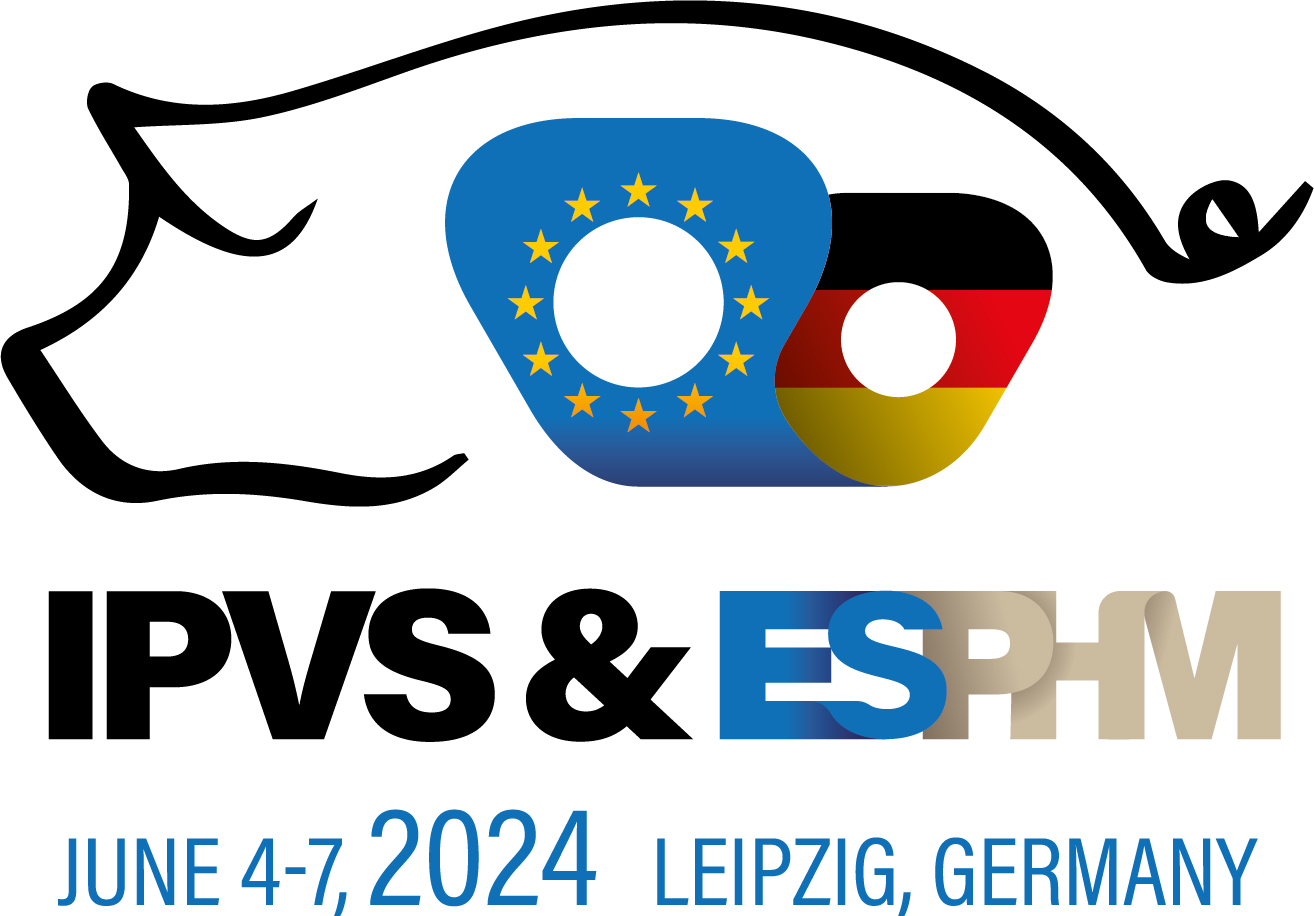
Prof. Jeffrey Zimmerman
Iowa State University
USA
Biosketch
Dr. Jeff Zimmerman is a professor in the Department of Veterinary Diagnostic and Production Animal Medicine in the College of Veterinary Medicine at Iowa State University (Ames Iowa USA) working in the area of swine infectious disease diagnostics, epidemiology, and economics. In particular, his recent research has focused on aspects of diagnostic medicine related to assay development and applications in infectious disease surveillance. In collaboration with generous colleagues and dedicated graduate students, Dr. Zimmerman has authored/co-authored > 200 refereed publications, 15 book chapters, and co-edited 3 editions of Diseases of Swine (9th, 10th, 11th editions).
Abstract
In furtherance of Dr. Tom Alexander’s legacy of innovations in swine health
Dr. Tom Alexander in a 1971 publication (Veterinary Record 88:138) remarked on a 20-year trend from small, extensive herds toward larger, intensive, mechanized, and specialized pig farms. Of course, Dr. Alexander’s 1971 observations marked only the beginning of an evolution in pig husbandry; an evolution of which he was very much a part and which continues into the present. Overall, these changes have brought tremendous gains in efficiency to pork production, but with collateral effect on animal health. That is, ceteris paribus and in the absence of vaccines able to generate robust protective immunity, disease control has become tenuous in large, complex herds. Further complicating matters, the extensive movement of animals, personnel, material, and a variety of products has facilitated the spread of infectious agents, including the spread of transboundary diseases between countries. The premise of this presentation is that the successful control of transboundary diseases will require innovations that result in an effective, sustainable, affordable surveillance system capable of the early detection transboundary swine pathogens at the regional or country levels. Such a system must be able to provide accurate, quantifiable evidence of progress and guide final control efforts. Ultimately, it must be able to demonstrate that a region or country is free of the pathogen and qualified to participate in international markets. In terms of functionality, such a system must be continuous, real-time, cost-effective, and adaptable to a variety of disease threats. Herein we present evidence that such a system could be constructed and implemented in many parts of the world by organizing and coordinating the use of widely available and currently used technologies.
